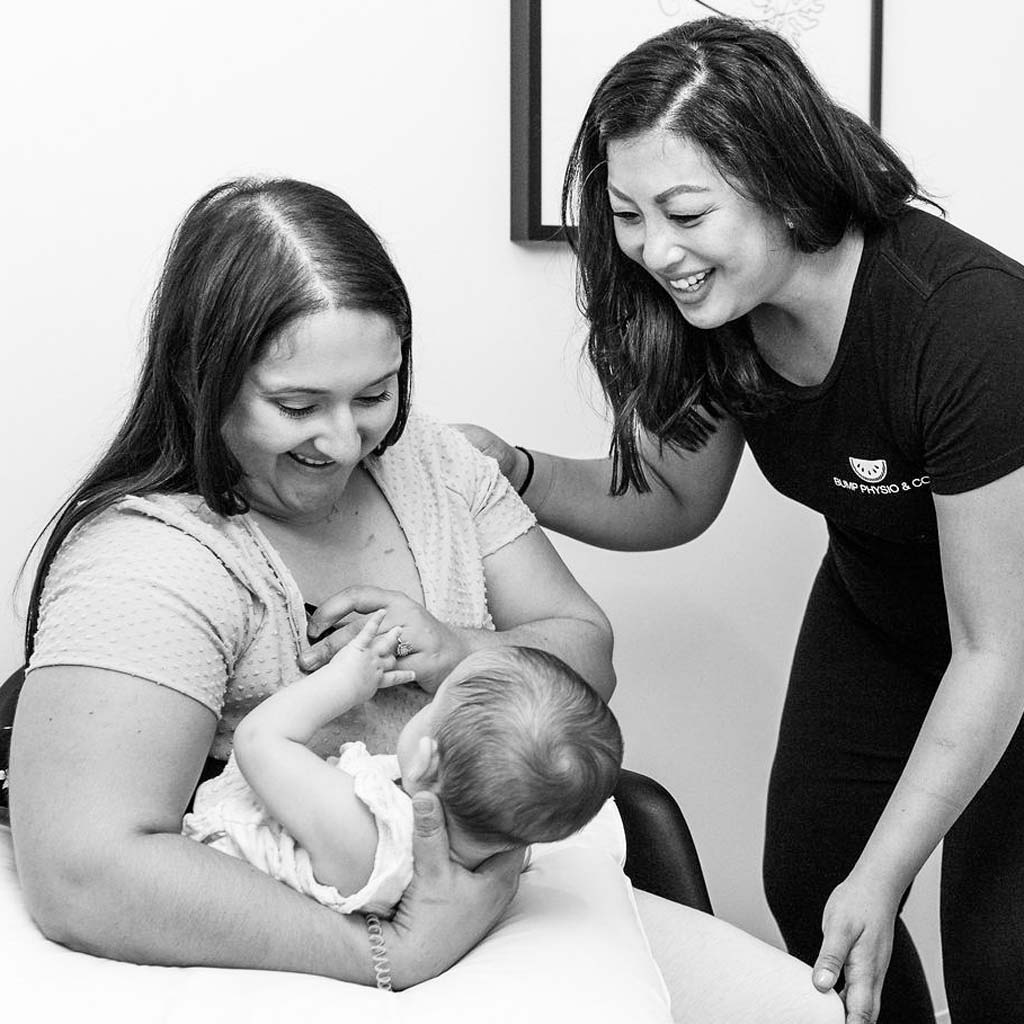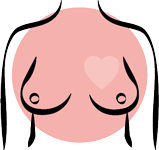
Breast health services
Mastitis and Breast Health Treatments
Are you breastfeeding or pumping and struggling with plugged milk ducts or mastitis? Our team of physiotherapists and RMTs can safely and effectively help by combining therapeutic ultrasound, lymphatic drainage techniques, and education to alleviate the pain and discomfort often associated with clogged ducts or mastitis. We also acknowledge and invite those who identify as chest feeding to access the support you may need.
A special note to Breast and Chest Feeding Clients:
Please bring babe (or a pump for those expressing) to your visit as it can be helpful for us to observe a feeding (or pumping) session to identify changes that may be helpful to resolve your current concerns and prevent recurrence.
-
Plugged milk ducts (aka ductal narrowing) causes an obstruction to milk flow in a portion of the breast.
Recent research suggests that an actual “plug” is not likely due to the interlacing and extensive network of ducts in the breast.
Although a plug is not likely, narrowing of the ducts is possible and typically occurs due to inflammation in a portion of the breast caused by:
- Poor latching
- Improper feeding positioning
- Altered feeding schedule
- Pressure on the breast (such as pressure from carriers, bags, sleeping position, bras, etc.).
Plugged ducts often result in a mild reddening in a specific area of the breast that is firm and tender to touch; however, you will NOT have a fever.
Frequent or persistent plugged milk ducts can lead to the development of mastitis. Plugged ducts most often resolve on their own within 24-48 hours without any special treatment once the inflammation settles.
If symptoms persist, RMT or physiotherapy treatment, including therapeutic ultrasound, can be incredibly effective at resolving symptoms, restoring comfort, and preventing recurrent blocked ducts.
-
Mastitis has recently been redefined as a progression of inflammation that occurs as a result of milk duct narrowing.
If inflammatory mastitis is left unaddressed, an infection may develop, resulting in bacterial mastitis.
Symptoms you may experience with mastitis:
- Increasing pain
- Expanding redness
- Breast may feel hot to the touch
- Fever
- Development of “flu-like” symptoms & feeling of general unwellness
Bacterial mastitis needs to be treated with antibiotics. If you’re experiencing symptoms of bacterial mastitis, it is important you see a physician prior to attending your physiotherapy or RMT appointment.
Research has shown support for RMT & physiotherapy treatment for all stages of mastitis through:
- Therapeutic ultrasound
- Lymphatic drainage
- Education
Our therapists are trained and able to use these techniques to treat the mastitis and prevent it from reoccurring.
-
Therapeutic ultrasound works by passing extremely high frequency sound waves through the skin barrier. In doing so, it:
- Improves circulation
- Improves tissue permeability
- Decreases inflammation
- Promotes fluid drainage
- Decreases pain in the affected breast(s)
-
Specially trained therapists work with individuals before and after their cancer treatments to help manage side effects of treatments. This may include:
- Improving range of motion and strength
- Fatigue management and education
- Axillary cording
- Management of neuropathy, circulation and lymphedema
Physiotherapy treatments often include:
- Manual therapy and soft tissue techniques
- Therapeutic exercise and modified clinical Pilates techniques
- Basic lymphatic drainage
- Education
*Please choose the telehealth treatment option if you are currently receiving cancer treatment or are within 7 days or less from your last cancer treatment.
Mastitis (Breast / Chest Health)
| Service Duration | Service Cost |
|---|---|
| Initial Assessment (55 min) | $170 |
| Follow-up Session (25 min) | $100 |
| Extended Session (40 min) | $132 |
